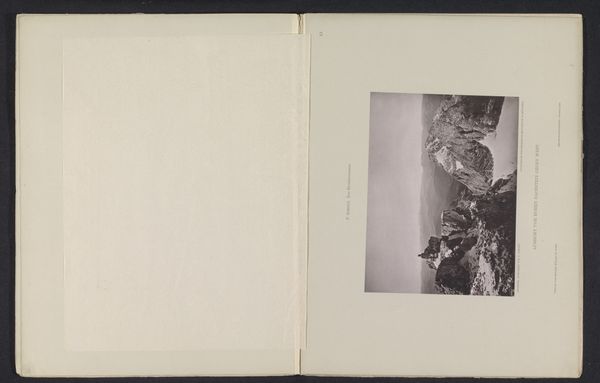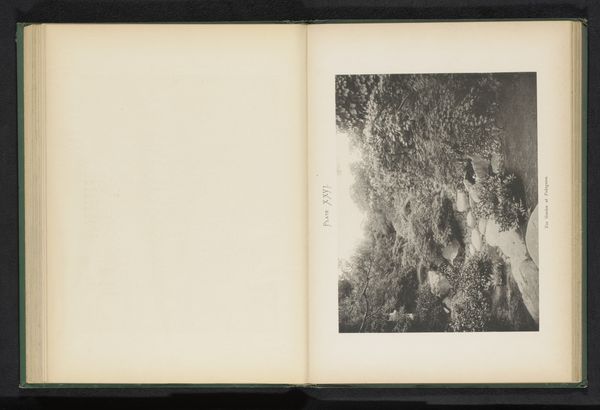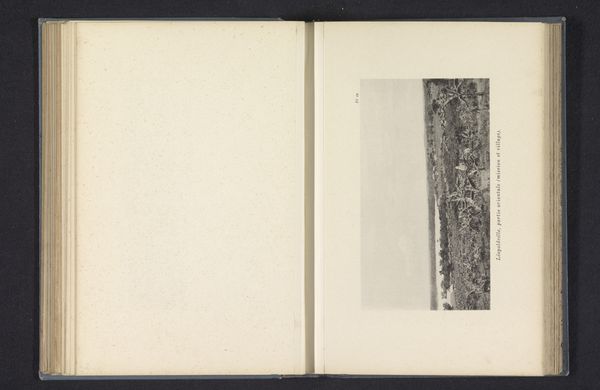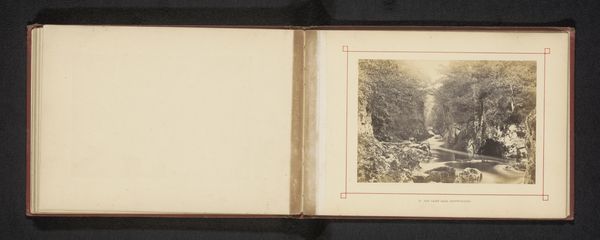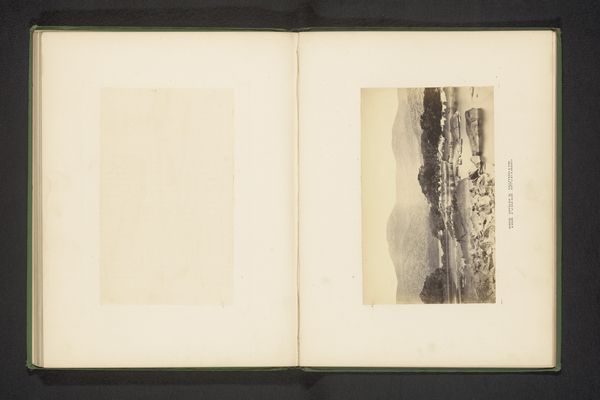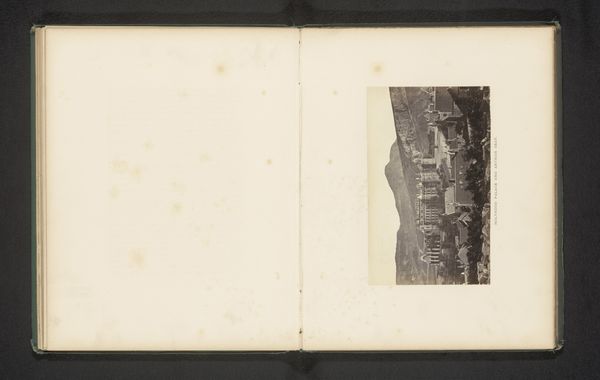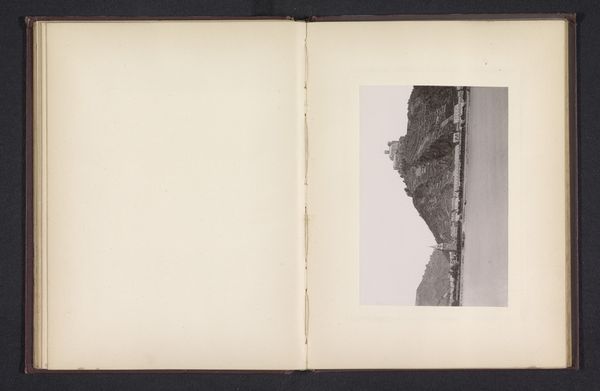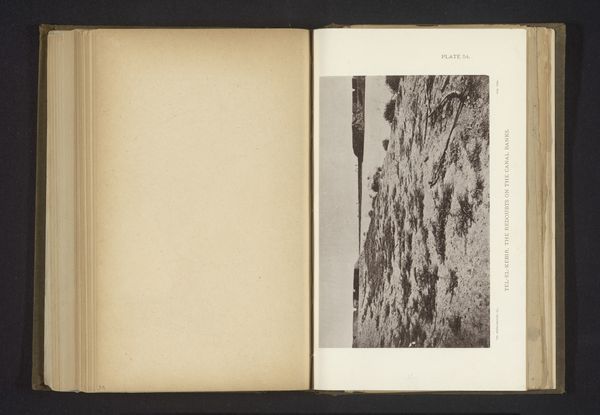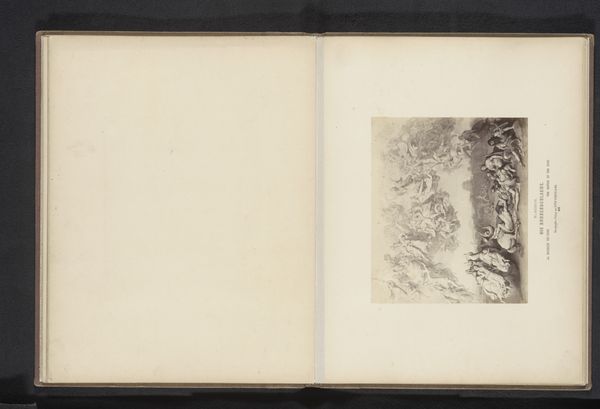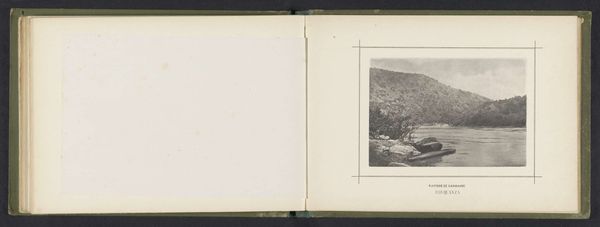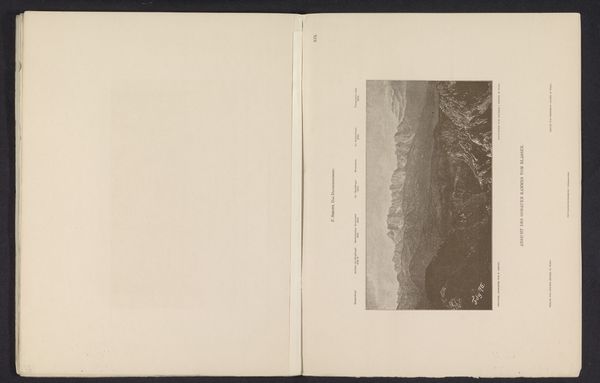
#
aged paper
#
hand drawn type
#
personal sketchbook
#
road
#
fading type
#
coloured pencil
#
sketchbook drawing
#
watercolour bleed
#
watercolour illustration
#
sketchbook art
#
watercolor
Dimensions: height 152 mm, width 202 mm
Copyright: Rijks Museum: Open Domain
Editor: This is a sketchbook page from around 1890 to 1900, attributed to Samuel J. Beckett, titled "Appian Way, Rome." It appears to be a watercolor and pencil drawing. I’m struck by how it captures the Appian Way's sense of age and the persistence of ancient structures amidst a relatively desolate landscape. What can you tell me about the context of its creation? Curator: Let's consider Beckett’s choice of medium and subject. Watercolor and pencil – readily portable and relatively inexpensive – speak to the accessibility of art-making, suggesting the artist might have prioritised direct experience and immediacy. How does that influence your perception of its cultural or historical significance? Editor: I see that it emphasizes the personal encounter. It's less about grand representation and more about sketching on location. I wonder about the act of observing and documenting a place so laden with historical and cultural meaning with simple tools and in a portable format? Curator: Exactly. The ‘hand-drawn type’ and 'aged paper' the tags point out are also noteworthy. Beckett isn't just depicting a road, he's engaging with a tangible link to labor, empire, and perhaps even the contemporary culture of travel and documentation. Editor: It is interesting to consider this through materiality. What impact do the cheap and fast tools have on the artistic style and narrative? Curator: We see it shaping both style and narrative. The looseness of watercolor emphasizes transience. Beckett records his personal experience alongside layers of material and cultural history embodied by the Roman road itself. We can think about how the materiality of even an inexpensive sketchbook becomes a tool for creating a personal account. Editor: I now understand it as a material and historical artifact instead of an image that represents something in an illustrative style. I guess there are no accidental artistic decisions. Curator: Precisely. Looking at art from this perspective lets us uncover meanings and relationships that are sometimes obscured. This exploration demonstrates how an apparently straightforward artwork can reveal insights into the social conditions and material circumstances of its creation.
Comments
No comments
Be the first to comment and join the conversation on the ultimate creative platform.
